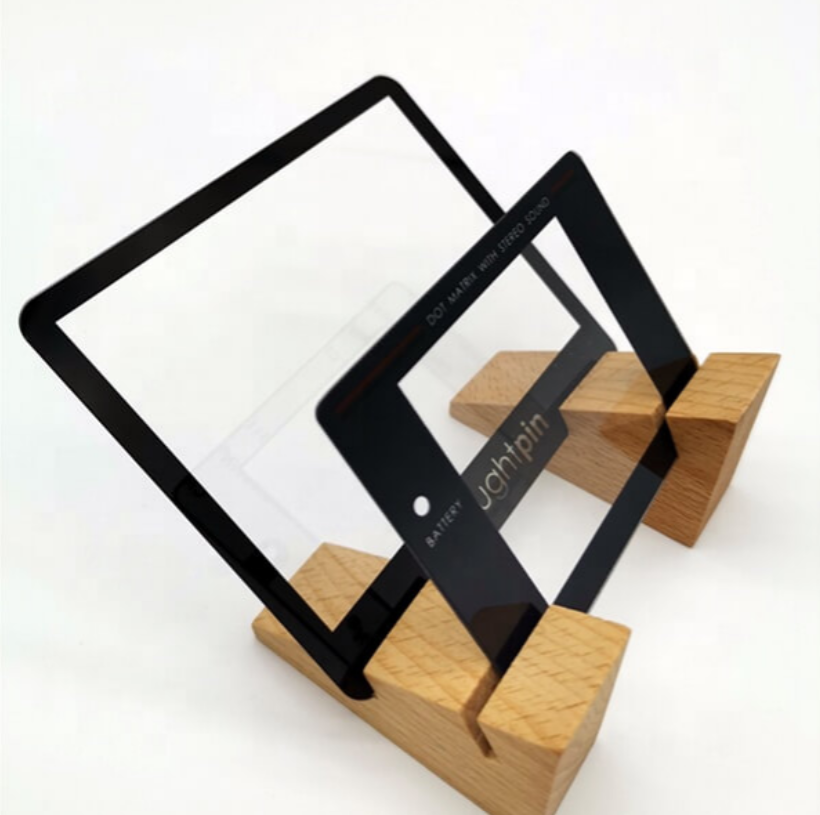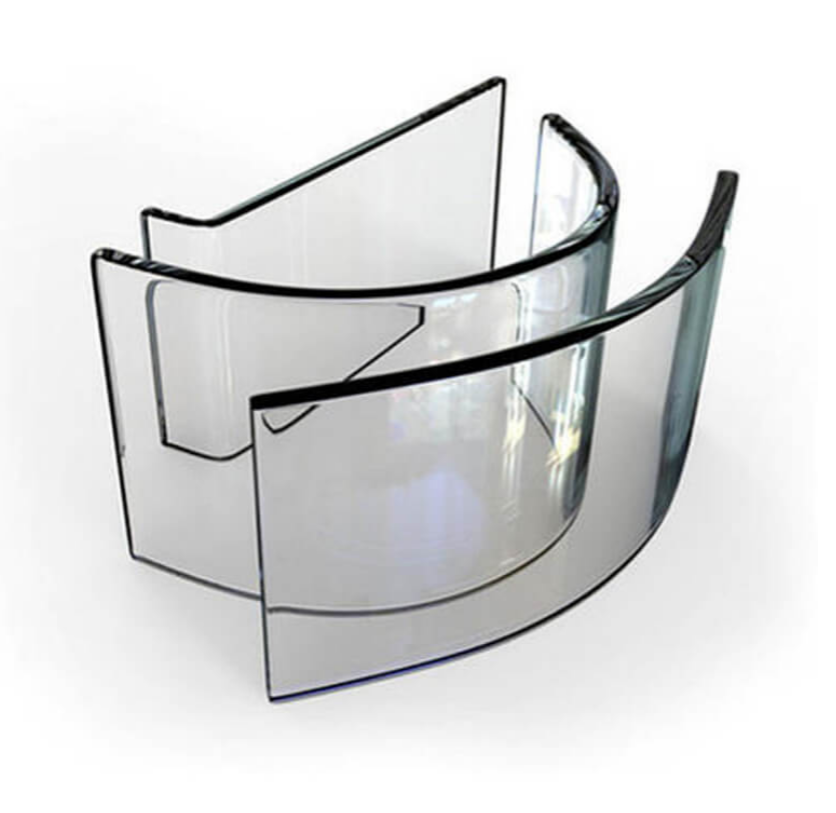
Glass, a cornerstone of architectural beauty and functionality, has evolved significantly. From humble beginnings as small, flat panes, it has become a major component of contemporary urban landscapes.
Within this evolution, a distinct type of glass emerges as a game-changer: Ultra Clear glass.
This article focuses on the rise and significance of Ultra Clear glass in modern design, offering a clearer, more accessible understanding for all readers.
Gone are the days when glass was merely a transparent barrier between the indoors and the outdoors. Today, it plays a pivotal role in architectural design, going beyond its traditional functions.
Ultra Clear glass, known for its exceptional clarity, has redefined this role, bringing an enhanced quality to both the appearance and utility of buildings. What sets Ultra Clear glass apart in the realm of architecture is its transparency and the purity of vision it provides, allowing for an unobstructed connection with the environment.

At its essence, Ultra Clear glass is distinguished by its reduced iron oxide content. Standard glass typically has a greenish tint caused by iron impurities. By minimizing this iron content, Ultra Clear glass achieves a remarkable level of clarity akin to that of a polished diamond. This superior transparency differentiates it from standard options and elevates it in the architectural world.
Making Ultra Clear glass starts by choosing the best raw materials. Manufacturers opt for silica sand with minimal iron content. The precision in the melting and refining process is crucial, ensuring that the Glass Material remains as pure as possible. The outcome is a product that transcends traditional glass. This medium offers a crystal-clear view, unmarred by any color distortion.
The difference between standard and Ultra Clear glass is immediately apparent when placed side by side. Standard glass, often characterized by its greenish hue, alters the perception of colors and the environment.
In contrast, Ultra Clear glass stands out with its pristine clarity, offering an authentic representation of natural colors and textures. This distinction is crucial in applications where color accuracy and visual purity are paramount.
The allure of Ultra Clear glass lies in its unmatched purity. Architects and designers favor this Glass Material for its ability to create a sense of openness and freedom within spaces.
The clarity of Ultra Clear glass facilitates seamless integration of indoor and outdoor environments, enhancing the aesthetic appeal of buildings and their surroundings. This level of transparency brings a new dimension to architectural design, making structures appear more spacious and connected to the natural world.
Imagine looking through a standard glass pane and noticing a slight color distortion. Now replace that with Ultra Clear glass. The transformation is striking – colors become vibrant, details appear sharper, and the overall connection with the environment is strengthened. In architectural design, Ultra Clear glass is more than just a barrier; it acts as an almost invisible canvas, elevating the structure's beauty without any visual interruption.
In spaces where true color representation is crucial, like museums, showrooms, and high-end retail environments, Ultra Clear glass is indispensable. It faithfully conveys the intended color palette, allowing natural light to accurately reveal the true tones and textures envisioned by the designer.
A space filled with natural light offers an experience unlike any other. Ultra Clear glass plays a vital role in these experiences, maximizing daylight entry. This enhances the aesthetic quality of the space, promotes well-being, and reduces reliance on artificial lighting.
The use of Ultra Clear glass goes beyond aesthetics and functionality; it plays a significant role in sustainable architecture. By allowing more natural light into buildings, this Glass Material helps reduce energy consumption. This reduction is particularly relevant during daylight hours when the reliance on electric lighting can be significantly lowered. Moreover, the psychological benefits of increased natural light, such as improved mood and enhanced productivity, are well-documented, making Ultra Clear glass an intelligent choice for office spaces and homes.
Ultra Clear glass is not just visually superior; it is scientifically advanced. It exhibits high solar energy transmittance, which is advantageous for architects looking to integrate passive solar heating into their designs. This feature helps in harnessing the sun's warmth, reducing heating requirements. Its low ultraviolet transmittance also protects interiors from UV rays, extending the life of furnishings and artworks.
In terms of durability and safety, Ultra Clear glass excels. Whether tempered or laminated, this type of glass demonstrates remarkable resilience against stress and environmental factors.Ultra Clear glass is a smart choice for different building uses because it can handle changes in temperature and is strong in busy places, staying safe and lasting a long time.
Alongside Ultra Clear glass, Borosilicate glass stands out for its exceptional properties. Known for its impressive thermal resistance, Borosilicate glass is an ideal choice in environments where high-temperature durability is essential. Its versatility further expands the scope of applications in modern architecture, from high-end retail spaces to scientific laboratories.
While Ultra Clear glass may initially come at a higher cost than standard glass, its long-term benefits are undeniable. The savings in energy costs due to its superior light transmittance and the reduced need for maintenance and replacement over time make it a cost-effective solution in the long run.
Ultra Clear glass aligns perfectly with the principles of green architecture. Its high light transmittance contributes to the energy efficiency of buildings, meeting the stringent environmental sustainability standards, such as those set by LEED certification programs. The use of Ultra Clear glass in projects like the LEED Platinum-certified "Eco Tower" exemplifies its role in the green building movement.

In conclusion, Ultra Clear glass and Borosilicate glass represent more than advancements in Glass Material technology; they symbolize a commitment to sustainability, aesthetic beauty, and functional excellence in modern architecture.
Whether maximizing natural light, enhancing color fidelity, or contributing to energy-efficient design, these glass types pave the way for a brighter, greener future in the architectural realm.
As the world moves towards more sustainable and visually stunning architectural designs, Ultra Clear glass stands out as a choice for innovative and responsible construction.
Discover KS Glass for Top-Tier Wholesale Glass Solutions! Click for Special Offers and Learn about Bulk Pricing on 0.1mm to 10mm Glass. Visit Kon Shen Glass Now



Konshen Glass Co.,Ltd. was founded in 2002. We focus on designing, researching and developing, manufacturing and selling different kinds of glasses. We operate our in-house facilities to work on your OEM/ODM projects. Our experienced engineers are enabling us to meet your customized requirements.
